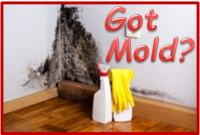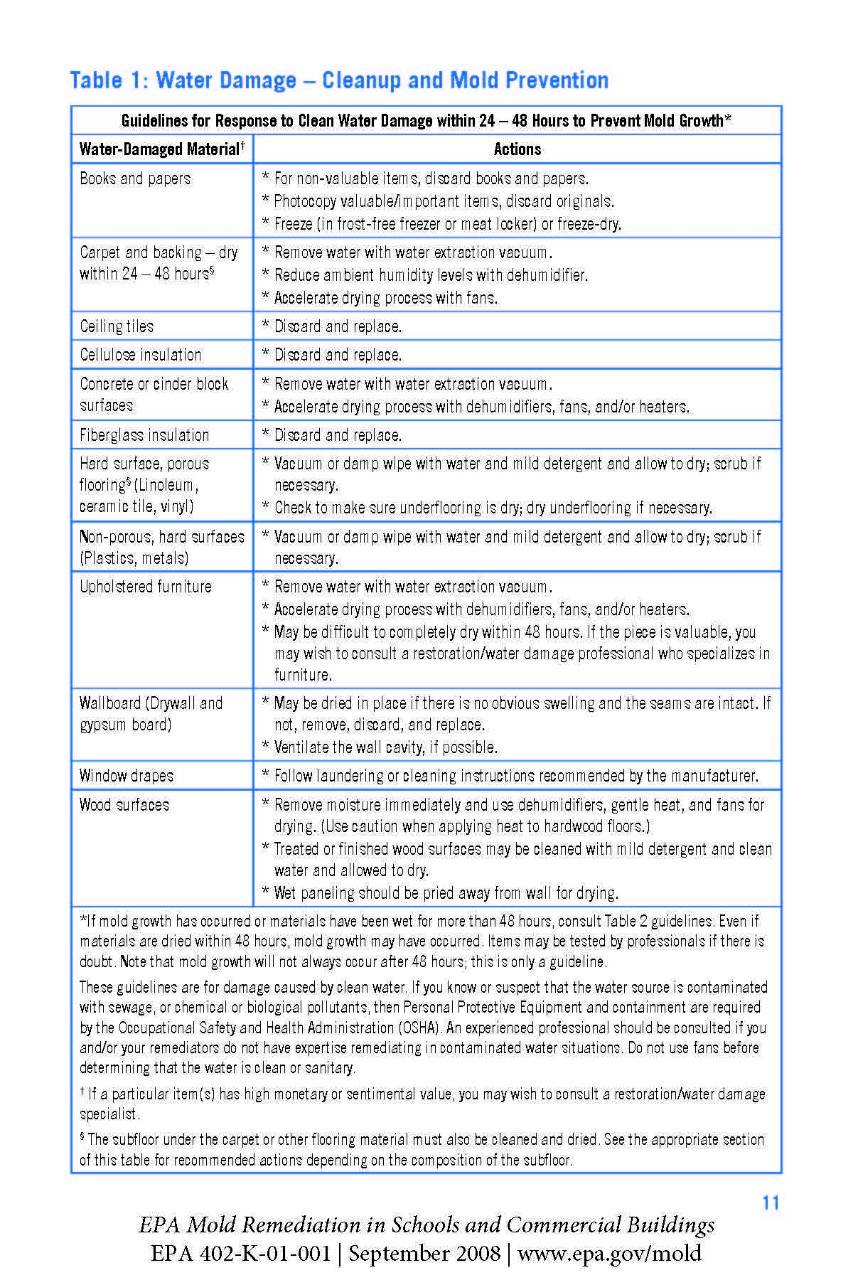Healthy Homes - Mold
Where is the mold?
Molds are found in virtually every environment and, can be found indoors and outdoors year round.
1. Where’s the mold?
- Bathroom
- Kitchen
- Bedroom
- Closet
- Basement
Mold is a moisture problem. Mold growth is encouraged by warm and humid conditions.
1. The first step to getting rid of mold is to find the moisture that is causing the mold. Are there any signs of wetness in your home?
- Wet or water-stained walls, ceilings or floors
- Wet carpet
- Condensation on windows
- Wet soil in crawl space
2. Where is the water coming from?
- Leaking roof
- Broken water pipes
- Water getting in a crawl space due to poor drainage around the home
- Air conditioner not being used or not working properly
- Water seeping through basement block walls
See more information to help you identify the source of moisture in your home by touring EPA's Mold House.
Steps you can take
Once you have found the moisture, you must take steps to stop it from getting into your home. Without stopping the moisture, the mold will continue to come back.
√ Repair any broken pipes or roof leaks promptly. If leaks are severe, consider turning off water to the home or covering the roof until repairs can be made.
√ Use fans to circulate air and keep areas dry.
» Vent fans in kitchens and bathrooms can help reduce condensation.
» Other types of fans
√ Provide good drainage for surface and rain water
» Keep gutters in good condition.
» Slope the ground away from the building foundation so that water will not collect underneath.
√ Properly seal basement areas
Dampness around foundations, in basements or within crawlspaces may require extra care. Foundations should have a vapor barrier in place. Foundation or basement walls may need a water tight paint or sealant. Basements and crawlspaces should have adequate ventilation and/or dehumidification. Making sure rainwater does not flood up against the foundation wall is important. A French drain or sump pump may be needed to remove groundwater. Water near the foundation can move into the inside of the home making it damp as well.
How to clean mold
Mold growth can be removed from hard surfaces with soap and water. Bleach can be an asthma trigger. Using bleach to clean mold is typically not necessary unless a sewage release occurred. In this case, both mold and bacteria can be reduced using a bleach solution as a final disinfecting rinse. If disinfectants or bleach is used, always ventilate the area and exhaust the air to the outdoors. Never mix chlorine bleach with other cleaning solutions or with detergents that contain ammonia because toxic fumes could be produced. See more information on green cleaning in this document from the University of Tennessee Agriculture Extension.
When to remove and replace
If the surface affected by mold is porous such as sheet rock or carpet, it will likely need to be replaced. Molds can thrive on any organic matter, including clothing, leather, paper, and the ceilings, walls and floors of homes with moisture management problems. Painting or caulking over mold will not solve the problem. Follow the EPA's guidance in Table 1 - Water Damage: Cleanup and Mold Prevention at the bottom of this page. See more information on mold growth in various materials in this document from the Virginia Cooperative Extension.
Should I test my home for mold?
Many people think the first step to getting rid of the mold in their home is to conduct a test to identify the mold. However, experts do not recommend testing to identify the type of mold because all types can cause problems, regardless of toxicity. The Tennessee Department of Health does not do mold testing. We do not know of any government agency that will test your home for mold. The Centers for Disease Control and Prevention (CDC) and the Environmental Protection Agency do not recommend testing. Proper tests are expensive and there are no standards for acceptable mold levels. Since the effect of mold on people can vary greatly, the presence of mold in the home does not imply a health risk. Whatever type of mold may be present should be cleaned and moisture problems in the home corrected so that the mold does not return.
If the source of excess moisture is not apparent, testing for the presence of excess moisture can provide valuable information to assist in identifying the source of a mold problem.
Moisture meters and digital humidity monitors are relatively inexpensive and available at many home and department stores. Both can be helpful. A moisture meter can tell you how much water is inside of building materials. A moisture meter can tell if wallboard or flooring is damp inside. A humidity monitor can tell you how much water is in the air. A humidity monitor can show if the air in the room is too damp. Maintain indoor humidity ideally between 30-50 percent.
See more information on home moisture in this document from Minnesota Department of Commerce Energy Information Center.
Always hire a licensed contractor for repairs. Check with the Tennessee Department of Commerce and Insurance to verify a contractor license.
before
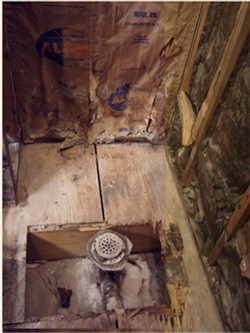
after
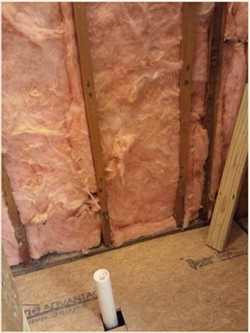
What are the health effects of mold?
Mold is usually not a problem indoors unless it finds a damp environment and starts to grow. Molds can produce allergens, irritants, and in some cases, mycotoxins. In our homes, allergic reactions and irritation are the most common health effects for people sensitive to mold. Mold can trigger asthma attacks. Many people will have no reaction to mold. Some people, such as asthmatics, can have adverse reactions. Since the sensitivity of individuals can vary greatly either because of the amount or type of mold, sampling and culturing are not reliable in determining health issues relating to mold. If you are susceptible to mold and mold is seen or smelled, there can be a potential health issue.
Many common allergens that can affect your health can exist in the home. For a list of some of them, please see our page on asthma. With any health concern you may have, please consult with your family health provider.
See more information on the health effects of mold on this webpage from the CDC.
Help with a landlord who is not responding to a mold problem
Give a written request to your landlord for repairs that are needed and keep a copy for your records. It is not recommended that you stop paying rent.
The Tennessee Department of Health does not have authority to inspect and require landlords to address mold issues in rental property. Laws to address mold directly are not common. However, in some cases, local building codes may help to address the problems that contribute to mold growth. If your local codes department can provide assistance for problems such as unaddressed leaking pipes, roof leaks, sagging ceilings, sunken floors, poor drainage around a building, you can accomplish the first step toward addressing your mold problem. If you live inside city limits, you can check for city codes of ordinances at https://www.mtas.tennessee.edu/codes. If you are outside city limits, you can find county information at https://www.ctas.tennessee.edu/counties_all.
If a water leak is endangering electrical outlets, contact the State Fire Marshall’s Office for guidance.
If all else fails, see how to file a complaint with the Tennessee Division of Consumer Affairs.
If you have additional concerns about mold when buying or renting a home please click below for more information contained on one of our other Healthy Homes webpages:
Home renters and renting property
Home buyers and real estate disclosure
For more information about mold, see our Environmental Health Topics section.
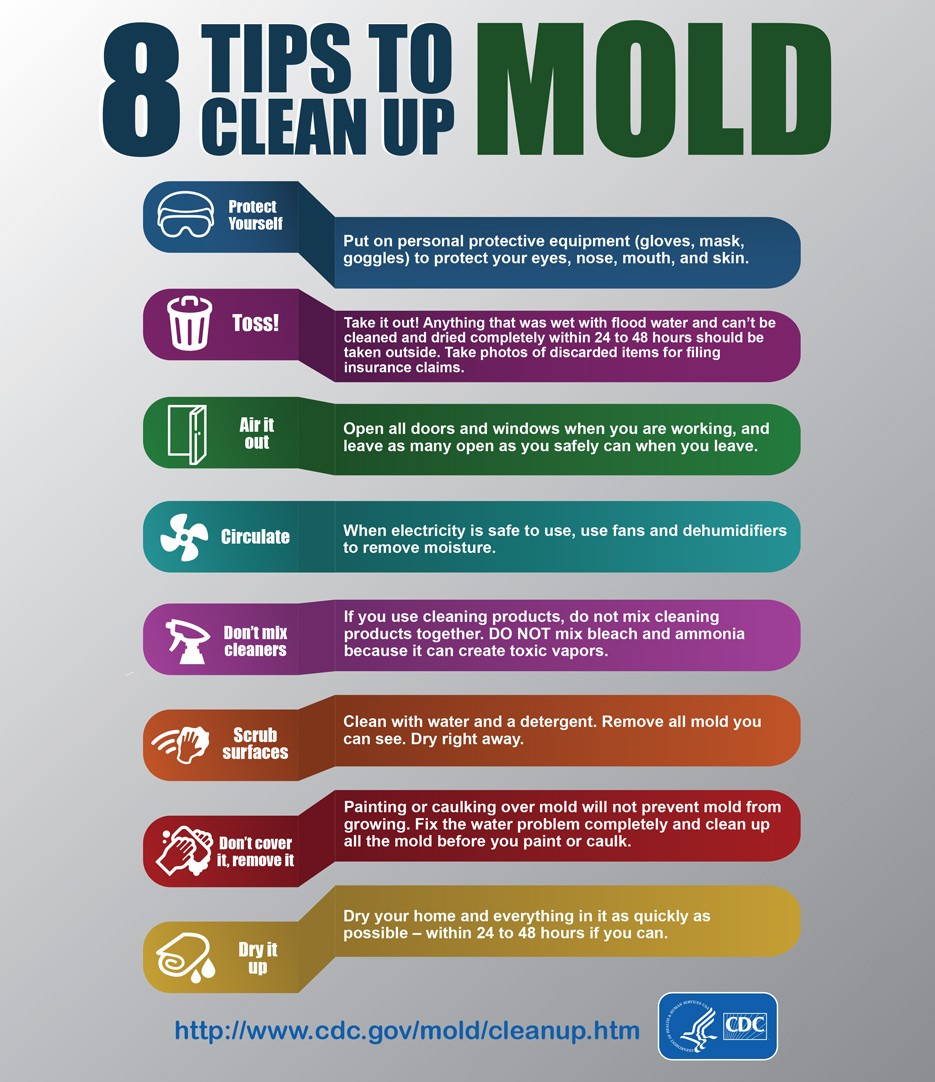
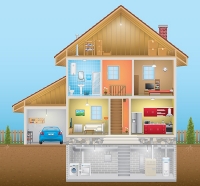
Additional resources
U.S. EPA: A Brief Guide to Mold, Moisture, and Your Home
www.epa.gov/mold/printable-version-brief-guide-mold-moisture-and-your-home
U.S. EPA: Una Breve Guia para el Moho, la Humedad y su Hogar
espanol.epa.gov/cai/publicaciones-sobre-calidad-del-aire-interior#tab-2
U.S. EPA: Mold Remediation in Schools and Commercial Buildings
www.epa.gov/mold/printable-version-mold-remediation-schools-and-commercial-buildings
EPA: Mold
www.epa.gov/mold
CDC: Mold
www.cdc.gov/mold
California Department of Public Health: Mold in the Home Video Series
www.cdph.ca.gov/Programs/CCDPHP/DEODC/EHIB/CPE/Pages/Mold.aspx
U.S. Department of Agriculture: Single Family Housing Repair Loans & Grants
www.rd.usda.gov/programs-services/single-family-housing-repair-loans-grants
